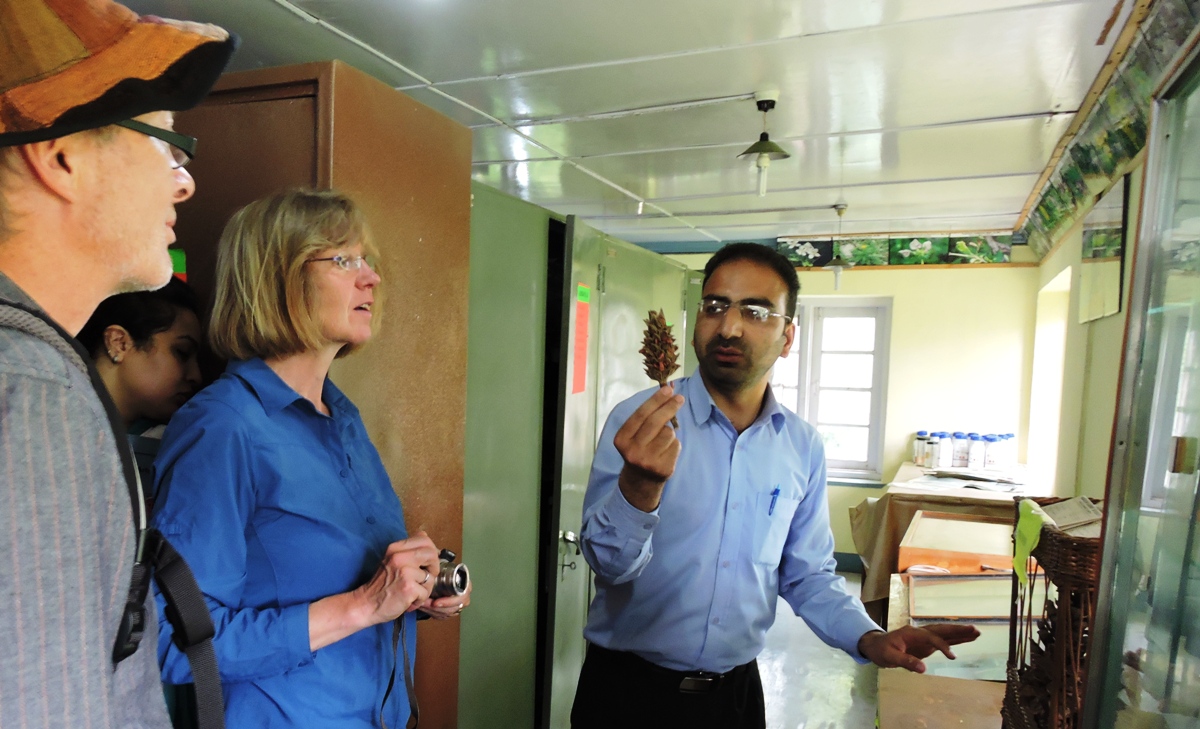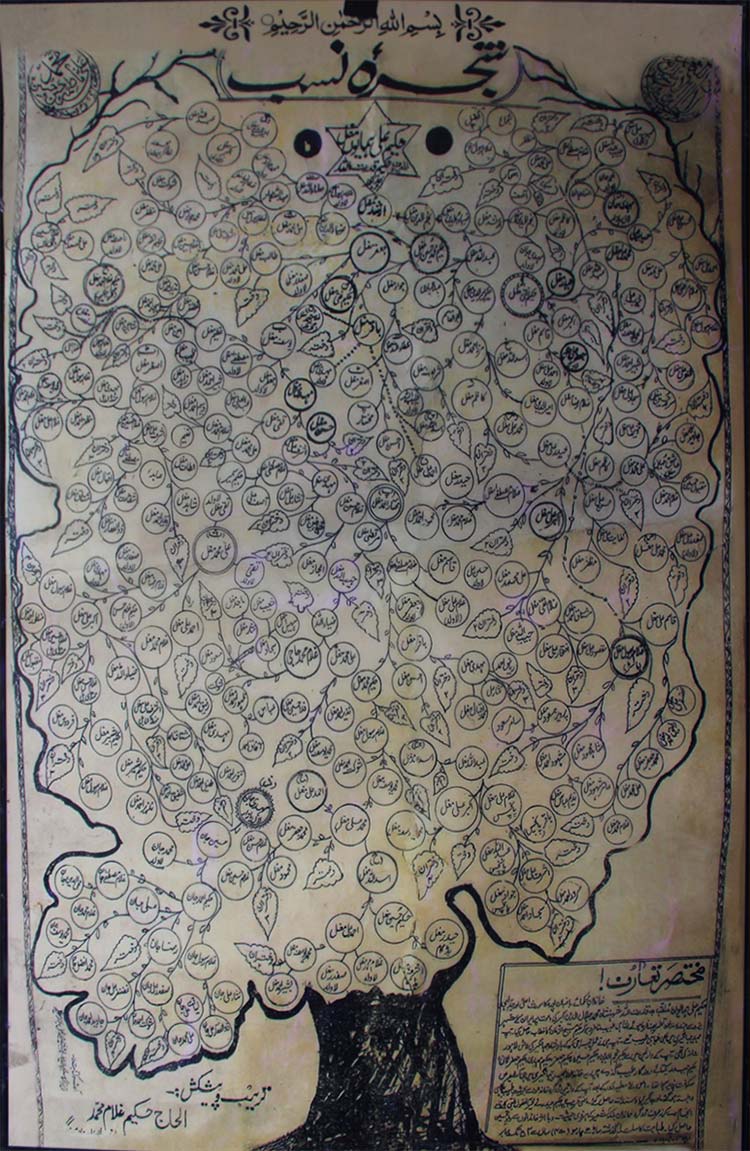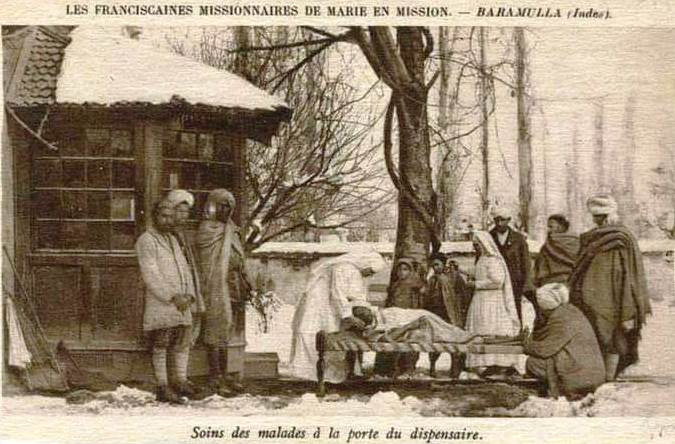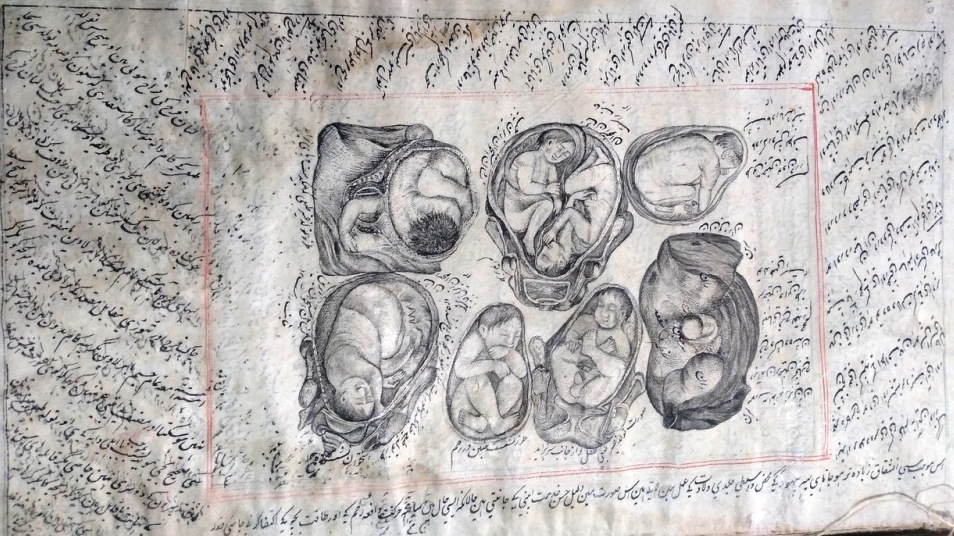[ad_1]
With 60000 specimens, the 51-year-old Kashmir University Herbarium (KASH) is the only address for studying the diverse plant basket of Kashmir, Jammu and Ladakh. In near future, it is planning to get digitized, reports Insha Shirazi

It has been a phenomenal growth. The Kashmir University Herbarium, founded in 1972 by AR Naqshi with a meagre collection of 500 species in a single room, has now blossomed into a haven of Himalayan plant specimens with a staggering 60,000 plant specimens. Known globally for its unique and endemic plant diversity, the herbarium is a magnet for plant enthusiasts and researchers. As early as 1980, the Herbarium was recognised by the International Bureau for Plant Taxonomy and Nomenclature based in New York, under the acronym KASH. Housed in the University’s Centre for Biodiversity and Taxonomy (CBT), it had only 12,000 plant specimens, then. In the last four decades, the collects have gone up five times.
Index Herbarium puts this herbarium and rank three in the North-Western Himalayas of India. Although Central National Herbarium, Kolkata is home to more than 200000 plant specimens and Forest Research Institute, Dehradun, and IIIM of Jammu have more than 12000 plant specimens each, none of these major herbariums has a collection as diverse and unique as that of the Kashmir University Herbarium.
Professionals associated with the herbarium have collected the plant species from diverse habitats across Jammu and Kashmir. It has plants that grow in Guraze, Tulail, Karnah, Keran, Badherwah, Doda, Kishtwar, Warwun, Marwah, Dachin, Padder, Rajouri, Poonch, Drass, Kargil, Zanskar, and Nubra. Part of the collection was sent to renowned herbaria including the Royal Botanical Garden, Kew, besides various others within India.
The Preservation
“Herbarium is a dried plant specimen collected through different techniques. We go to the field and collect them, dry them in newspapers or blotting paper, depending on the moisture content,” Akhtar H Malik, Junior Scientist and Curator for Biodiversity and Taxonomy (CBT) at the Kashmir University Herbarium (KASH), said while explaining the process of collecting and preserving plant specimens. “After drying, we paste these specimens on specialized sheets called herbarium sheets, which have an international standard size of 29×41.5 cm. On the bottom side of the plant specimen, we paste a special label known as the herbarium label that has data like the spot where it was collected, location, date, habitat, etc. After that, we transfer these plant specimens to the herbarium and arrange them according to the Bentham and Hooker systems. Nowadays, we arrange them in herbarium compactors according to the family of the plant specimens.”
However, preserving these plant specimens for long-term storage requires more care. “We use chemicals to preserve these plant specimens at the time of pasting on specialized Herbarium sheet. Then, the second step is to use a small amount of mercuric chloride with glue because plants that we collect from different places, such as aquatic bodies, can be contaminated by pests. After that, we keep them in fumigation chambers with chemicals like Para dichlorobenzene and naphthalene for 10 days until these chemicals are exposed. Finally, we transfer them to herbarium compactors.” Malik added.
These plant specimens last for a long time. “We have species that are more than 100 years old, collected by British botanists from Kashmir,” Malik said. “They collected a lot of specimens from the Himalayas of Kashmir and kept those specimens in Dehradun. We obtained 10 specimens from them and kept them in our Herbarium.”
These plant specimens are not only important for scientific research but also for education and cultural heritage. “Every year we get students from schools, colleges, and Universities. If this herbarium would not be there a researcher or student might have to go to another place to submit their specimen,” Malik said.
The Importance
KASH (Kashmir University Herbarium) holds a huge collection and has emerged as a valuable resource for identifying unknown and rare plant species.
“We have specimens of Kuth (Saussurea costus) and Kahzaban (Arnebia benthamii) that identify the genuine from similar plants, said Malik. “These specimens are not only useful for researchers and scholars but also for students who visit our herbarium to learn about plant diversity.”

Herbariums are crucial for documenting plant diversity. “We can create a flora or inventory of plant species based on herbarium data. We can also determine the location of a particular plant species with the help of herbarium specimens,” added Malik.
Off late, KASH has also become a popular destination for students, scholars, and researchers from different colleges, schools, and universities. Besides, Herbariums represent Kashmir’s natural heritage of plants.
Climate Change
The herbarium can be used as a tool to determine how the phenology of plants changes due to climate change. Now, some plants flower in February. “We can take historical data from the Herbarium of these plants whose flowering was preponing, by one month,” Malik said. “The collectors collected these plants for the herbarium when the flowering was seen in March but now it is February. It clearly explains the climate change impact.”
The International Union for Conservation of Nature (IUCN) has declared at least six medicinal and aromatic plant species on the red list of extinction in Jammu and Kashmir. “We can do mapping of extinct plants. We write the herbaria data of the plant specimens, location, its geo coordinates and make a map about their distribution range then and now,” Malik said. “Suppose we have 50 locations in herbarium specimens but on the ground, we can locate 10 or 15 locations and we go for their In-situ conservation.”
The data on medicinal plants in the herbarium is collected by scholars from different locations of Kashmir like Gulmarg, Kokernag, and Daksum.. When they go to collect the specimens after 30 years and fail to locate the particular specimen, it reflects a shift in climate change, land use patterns, population expansion, habitat fragmentation or any other reason.
A Rich Collection
“I have visited the KASH 8-10 times. In comparison to established herbaria, it is an active herbarium of northwestern Himalaya and houses a rich collection of Jammu, Kashmir and Ladakh regions. This has a collection of very remote areas which are not found in any other herbariums,” Dr Priyanka, Principal Scientist CSIR, National Botanical Researcher Institute Lucknow (NBRI) said. “If we want to study plant diversity of Jammu and Kashmir and Himalayan you can sit in Kashmir University herbarium and compile a lot of data on plant diversity.”
Priyanka is working on the Himalayas. Though the Herbarium of Kolkata has an almost 200 years old collection, the specimens are not in good condition.
“My 20 students have visited KASH because it is mandatory. It is important for Kashmir and Ladakh flora as they are representing a good amount of plant diversity in India,” Priyanka said. “The main collectors of the KASH are well-renowned taxonomists. The specimens are well-identified and well-researched and represent the Standard reference diversity.”
Plant Collectors In Kashmir
Improvement
With technology shifts in knowledge management, KASH is also changing. “We will go for digitization of all the specimens and we have submitted the proposal also,” Malik said. “We can use a high-end digital scanner and can scan the specimens and we can keep all those scanned images of all the plant specimens on the website by which the student and scholars across the world can asses those scanned images of plant specimens at home. It will take 3-4 years to execute this plan.”
The Financial Assistance for Science and Technology (FIST) grants the Kashmir University herbarium 10 lakh rupees for the herbarium compactors.
“Many herbariums in India and outside India have digitized their herbariums. If the herbarium of Kashmir gets digitized it would be the very fantastic job and it will be very useful for the researcher from outside Kashmir to assess the plant specimens sitting at the home. It will save time and money,” Dr Priyanka said.
[ad_2]
#Preserving #Natural #Heritage
( With inputs from : kashmirlife.net )



